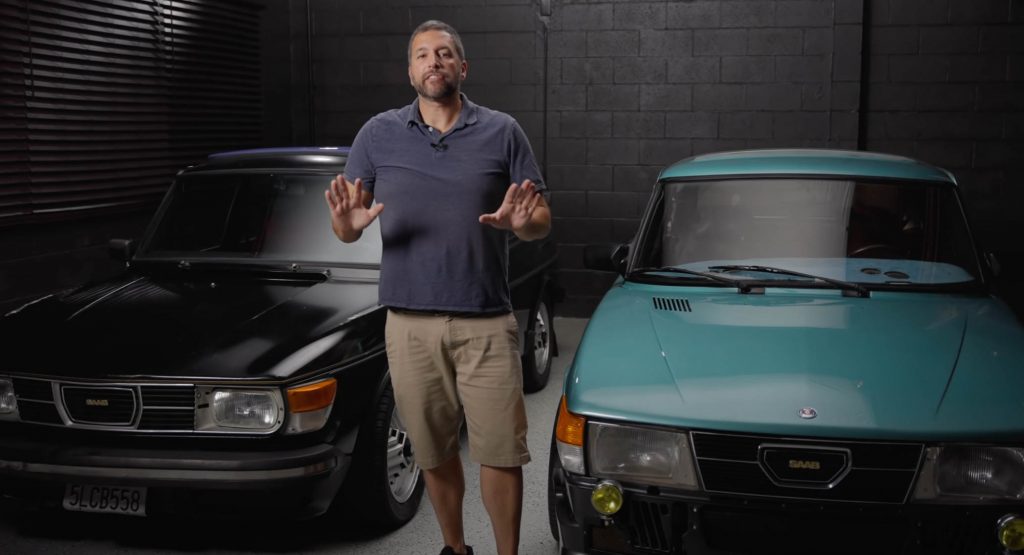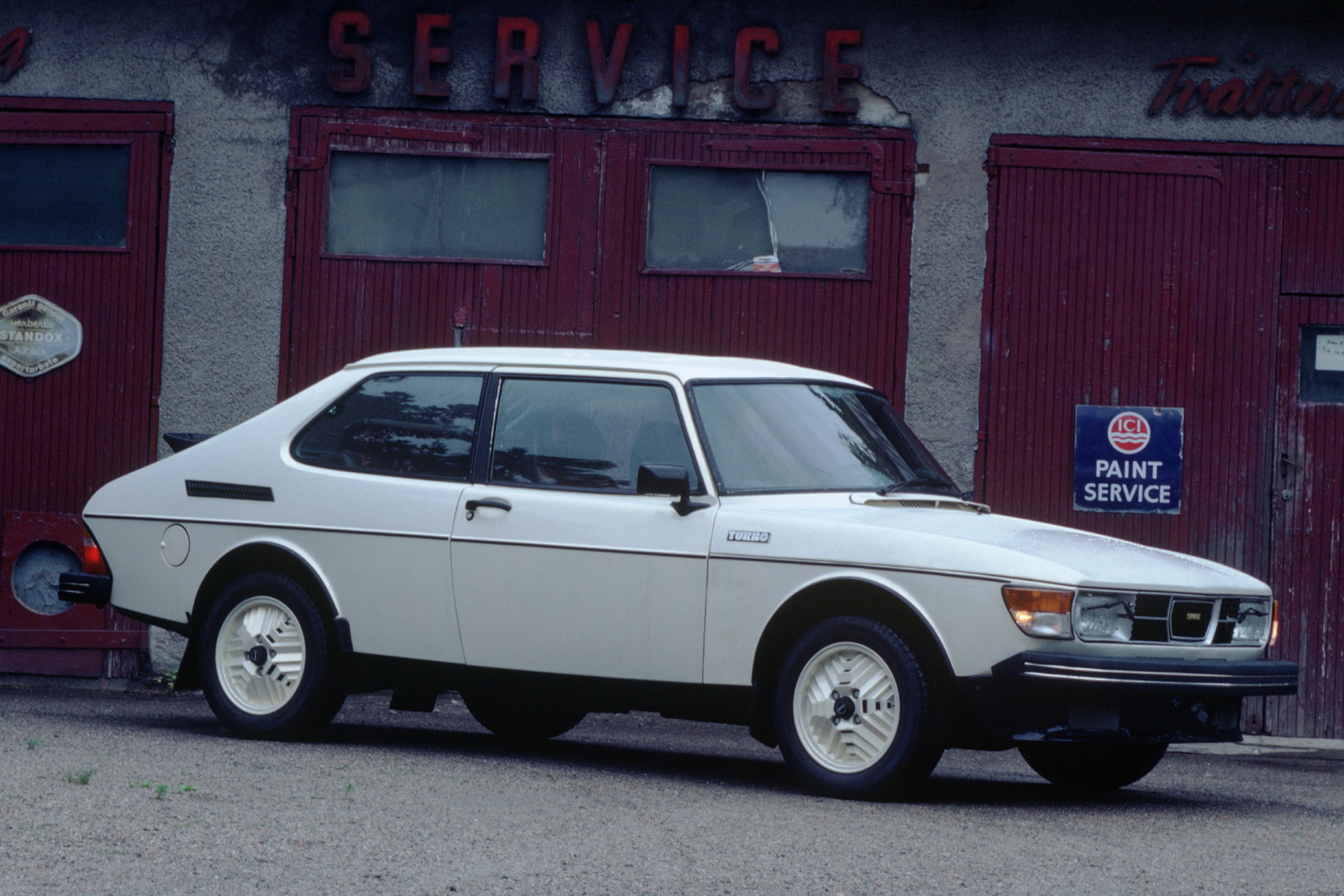The story of of Saab is a curious one. A tale of overengineering, out-of-the-box thinking, and ultimately death by bankruptcy. But there’s a reason why motoring enthusiasts, or rather, anoraks, look back upon the history of the quirky Swede with fond memories.
It turns out, there may even be a case of comparison with Tesla. “Surely not!” some may say, but Hagerty’s Jason Cammisa makes a compelling case study on how Saab’s influence on the ICE automobile is comparable to what Tesla is doing with the EV.
The Saab 99 of the ′60s was an ingenious creation, designed by engineers that were more accustomed to fighter jets than road cars. This turned out to be a revelation for safety, as the 99 incorporated load paths borrowed from aviation. The car could survive rollovers like nothing else on the road, plus the chassis was stiffer than anything else too, meaning you got fewer squeaks and rattles that were common in the day.
Saab predicted the future in other areas too. The 99 was designed in a wind tunnel, so it featured a flat undertray and teardrop rear-end, with Saab claiming it was just as slippery through the air as the Citroen DS. It had a host of world firsts too, including the first-ever side-impact protection beams, first heated seats, and first activated carbon cabin filtration system.
Then in 1978, Saab added a turbocharger. Like Tesla weren’t the first to electrify a car, Saab wasn’t the first to slap on a turbo. However, Saab’s application predicted the future of mainstream forced-induction by focusing on usable torque rather than outright performance — like modern electric cars.
The 900 — which was identical to the 99 from the driver’s door back — featured more quirks. The emergency brake activated the front wheels, and the key was located in the center console so as not to become imprinted in your knee cap in the event of an accident.
Want more evidence of this Swedish car’s crystal-ball-like properties? Then have a look at the full video by Hagerty below.





